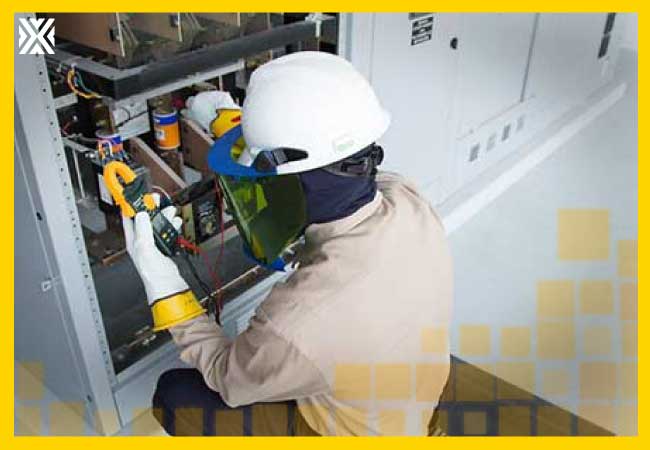Currency
January 31, 2019


The electrical industry routinely uses risk assessments to define and address multifaceted hazards on jobsites. As hazards are identified, NFPA 70E points to the hierarchy of risk controls – a comprehensive system used to minimize or eliminate hazard exposure, to reduce the likelihood of an incident occurring and to mitigate the severity of injury should an incident occur. Within the context of the hierarchy, multiple layers – beginning with hazard elimination and continuing through to the use of personal protective equipment – work together to create the safest possible environment.
Because no risk control is infallible and all risk control methods are subject to errors in human performance, the 2018 edition of NFPA 70E emphasizes accounting for human error in a risk assessment. Human error – meaning the propensity for a man-made error triggering a hazard – can diminish a safety program’s effectiveness. To achieve compliance with the standard, the risk assessment should evaluate the potential for human error and address its possible impact on people, processes, work environments and equipment.
In pinpointing human error risks, it’s important to define the areas and instances where human error may occur and counter these error precursors with optimal human performance tools. Informational Annex Q, Table Q outlines human error precursors (e.g., stress, time pressure, distractions, complacency) that make a human error more likely, and thus increasing the likelihood of a catastrophic incident.
The multitude of human error precursors suggests a growing importance of mitigating human error impacts. Indeed, as mentioned in Article 110.1, it is a matter of compliance to analyze and account for human error. Human error can be addressed in a twofold manner:
Proactively addressing human error with performance tools in elimination, substitution, and engineering and administrative controls. To address human error proactively, review Informative Annex Q: Human Performance Tools. These proactive tools can help counter various human error precursors residing in all risk control methods and are helpful additions to safety protocols.
Protecting against human error repercussions with PPE. As the final layer of defense, an arc-rated daily wear PPE program can help mitigate the catastrophic consequences associated with electrical arc flash incidents resulting from human error. In the event of an arc flash, PPE could help lessen the resulting damage. For arc flash PPE to protect and mitigate injury, it must be worn at the appropriate time. Whereas a task-based PPE option may not be worn at the appropriate time, a daily wear PPE clothing program can provide workers consistent, unobtrusive PPE Category 1 or Category 2 protection – incorporated in comfortable everyday garments with no additional PPE body layers necessary.
Necessitated by the evolving consensus standard, workers in the electrical industry now have formalized instructions to account for human error. A comprehensive approach to mitigate human error-prompted incidents goes a long way in helping the industry perpetuate safety.









